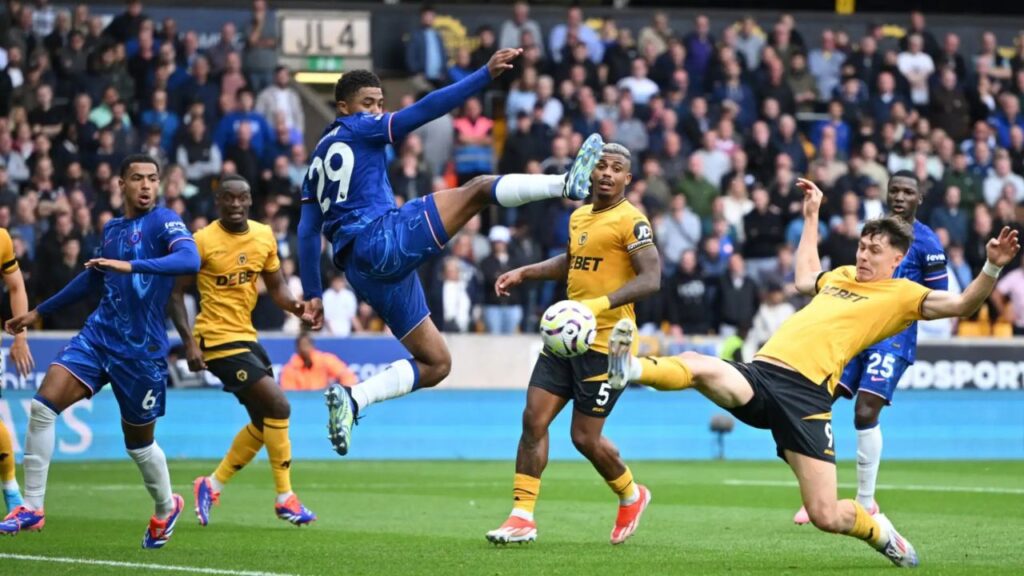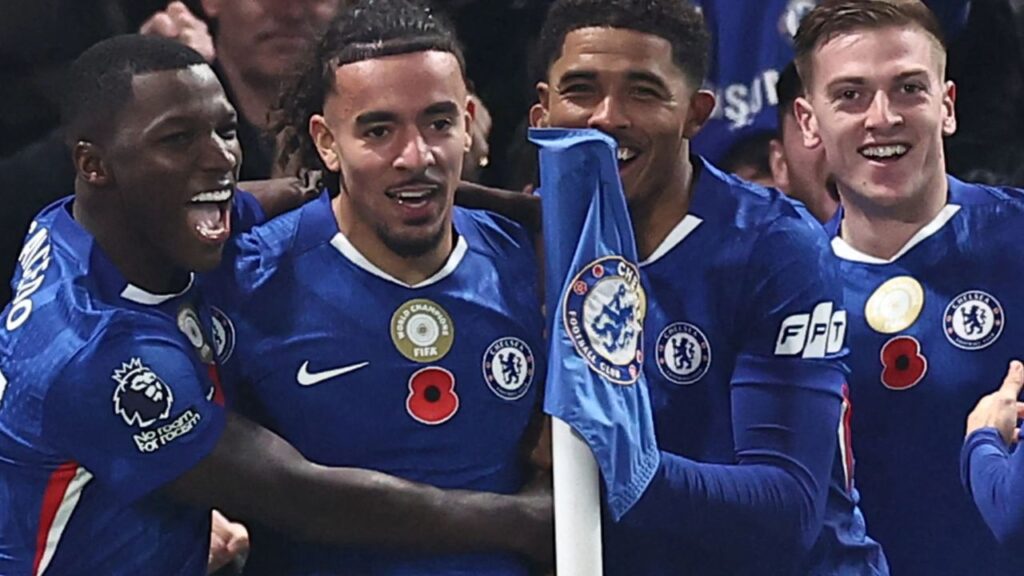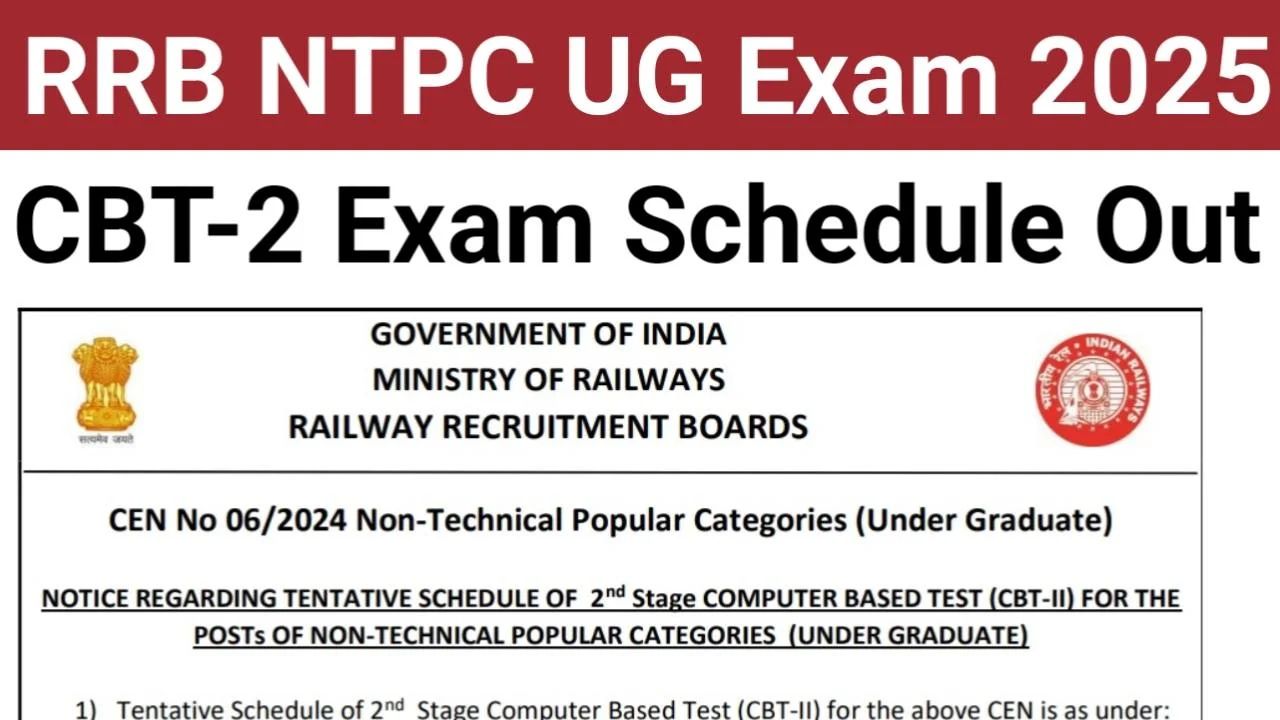Chelsea vs Wolves: wide overloads or central combos what finally cracks a stubborn low block? Click to see

Introduction
Chelsea vs Wolves: When Chelsea meet Wolves, the script often hinges on who solves territory faster: Chelsea’s quest for controlled entries and cut‑backs versus Wolves’ compact mid‑block and direct counters. The latest meeting turned into a clinic on width, timing, and shot quality, with Chelsea finding the extra pass more consistently and Wolves struggling to convert transitional windows into clear looks. This guide breaks the matchup into clean sectionstactics, moments, roles, and the small decisions that swung the final marginso readers can follow the story and anticipate what trends to expect next.
Match snapshot
Chelsea asserted control with a patient, repeatable pattern: circulate to pull Wolves’ wingbacks narrow, hit switches into the weak side, and attack the byline for cut‑backs or square balls. The approach produced high‑value chances and kept Chelsea’s defense set to absorb counters, while Wolves’ best phases came from fast diagonals into the channels and set‑piece pressure. Across the ninety, Chelsea’s shot quality and field tilt told the story as the gap widened late.

Key moments and momentum swings
- Early probing, later payoff
- Chelsea’s first 20 minutes prioritized width and circulation, testing Wolves’ lateral shifts before committing box numbers.
- The breakthrough arrived once underlaps met timed cut‑backs, with second balls converted into controlled finishes rather than blocked shots.
- Mid‑half Wolves window
- A 10–12 minute spell of counters exploited Chelsea’s fullbacks on the turn; recovery runs and last‑ditch interventions preserved the clean window.
- Set‑piece phases offered Wolves’ clearest route—near‑post flicks and far‑post overloads—yet final contacts lacked precision.
- Closing control
- Chelsea’s bench added fresh legs to sustain pressing triggers and tempo.
- Late transitions threatened to open the score further, but game state management kept risk aligned to the lead.
Lineups and role clarity
- Chelsea
- Front line: one touchline winger to pin the fullback, one inside forward accessing half‑spaces.
- Midfield: a deeper organizer plus a runner arriving late to the edge of the box.
- Fullbacks/wingbacks: advanced positions to create 2‑v‑1s wide, with back‑post entries on switches.
- Wolves
- Compact 5/3 or 4/4 mid‑block shape to guard central lanes.
- Direct outlets into the right channel, encouraging early crosses or carries into the box.
- Emphasis on set plays and second‑phase pressure to generate xG without prolonged possession.
Tactical takeaways
- Width, switches, and cut‑backs
- Chelsea’s width created repeated 2‑v‑1s; switches forced back‑post marking decisions and opened room for underlaps.
- Cut‑backs outperformed high crosses, prioritizing pull‑backs to late runners over contested aerials.
- Wolves’ counter recipe—and limiters
- Rapid diagonals behind advanced fullbacks remained Wolves’ best weapon, especially when central midfield could release first time.
- Chelsea’s rest‑defense and counter‑press reduced second balls, diluting Wolves’ transition volume.
- Set‑piece chess
- Wolves’ near‑post darts and back‑post stacks required Chelsea to vary marking assignments; clearances to the D were decisive in preventing recycled strikes.
- Chelsea’s own routines targeted flick zones and crowding the keeper for loose‑ball finishes.
Player roles that moved the needle
- Chelsea creator
- Involved in switches, through‑balls, and tempo control; the calm connector who decided when to recycle and when to punch the gap.
- Chelsea finisher/arriver
- Timed late box entries, living on cut‑back lanes and second‑ball strikes; spacing choices made high‑xG looks possible.
- Wolves outlet forward
- First touch and release timing determined whether Wolves could turn long balls into controlled counters.
- Wolves set‑piece target
- Near‑post craft and back‑post leverage offered the clearest route to a goal; delivery quality defined returns.

Read Also
Data cues and what to watch next
- Shot quality over volume
- Chelsea generated fewer low‑value crosses and more central touches in the box.
- Wolves’ xG concentrated in quick bursts—counters and corners—rather than sustained pressure.
- Field tilt and territory
- Chelsea’s possession in the final third and passes into the penalty area reflected structural control.
- Wolves’ final‑third time rose mostly after restarts and transitions, not settled construction.
- Late‑game management
- Substitutions preserved intensity and protected the middle; fouls to break counters and touchline traps minimized Wolves’ open‑field runs.
FAQs
Q1. What decided Chelsea vs Wolves tactically?
Chelsea’s width and switches created better cut‑back lanes, while a secure rest‑defense reduced Wolves’ transition volume. Wolves threatened from counters and set pieces, but Chelsea’s shot quality and field tilt carried the day.
Q2. How did Wolves try to score?
By attacking quickly into channels after regains and maximizing set‑pieces with near‑post darts and back‑post overloads. Conversions required perfect delivery and first contact, which proved inconsistent.
Q3. Why were Chelsea’s chances more valuable?
Their attacks prioritized byline entries and cut‑backs to late runners over floated crosses. That pattern naturally produces higher‑xG attempts from central, closer ranges.
Q4. What should change in the next meeting?
Wolves may target earlier releases and higher second‑ball commitment when Chelsea’s fullbacks are advanced. Chelsea can double down on rest‑defense and keep varying the switch to prevent predictable pressing traps.
Q5. Which phase swung the match?
The middle third of the first half into early second—once Chelsea’s switches and underlaps began hitting the right zones, the chance quality gap opened and Wolves had to chase.
Read Also

Conclusion
Chelsea vs Wolves distilled a clear lesson: space control matters more than possession for its own sake. Chelsea earned cut‑backs and central finishes by manipulating width and timing, while Wolves needed cleaner deliveries and first contacts to cash their limited windows. For the next fixture, track lineups, fullback positioning, and where the first five Chelsea switches land—that will tell you if the same script will play out.











